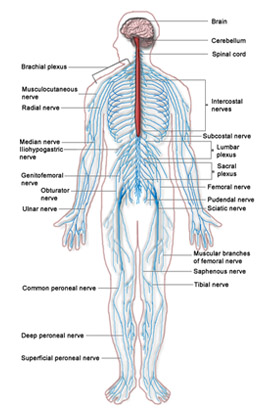
Neuroscience is the study of the nervous system.
The nervous system consists of two main parts:
- The central nervous system - made up of the brain and spinal cord, and
- The peripheral nervous system - including the nerves that serve the neck and arms, the trunk, the legs, the skeletal muscles and the internal organs.

The nervous system controls all bodily functions such as:
- Breathing
- Movement
- Vision, and
- Hearing.
Networks of nerve cells (called neurons) run throughout the body. Neurons communicate with each other by releasing chemicals, called neurotransmitters, across synapses. Synapses are the small gaps between the neurons.
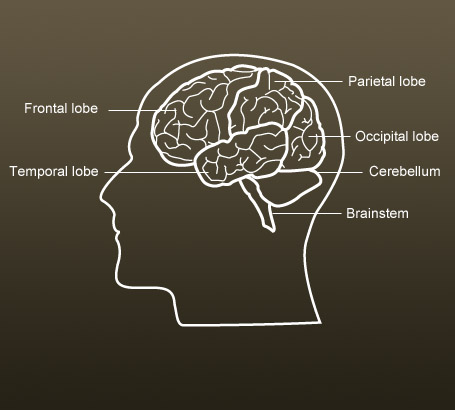
The brain is divided into four lobes:
- temporal lobe
- frontal lobe
- parietal lobe
- occipital lobe
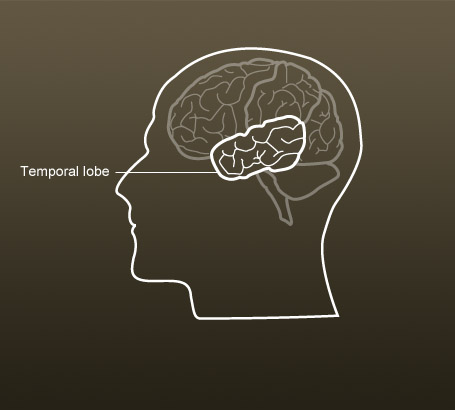
The temporal lobe is the location of the primary auditory cortex, which is important for interpreting sounds and spoken language. The hippocampus, associated with the formation of memories, is also located in the temporal lobe.

The frontal lobe is associated with reasoning, motor skills, higher level cognition and expressive language. At the back of the frontal lobe, near the central sulcus, lies the motor cortex. This area of the brain receives information from various lobes of the brain and uses this information to carry out body movements.
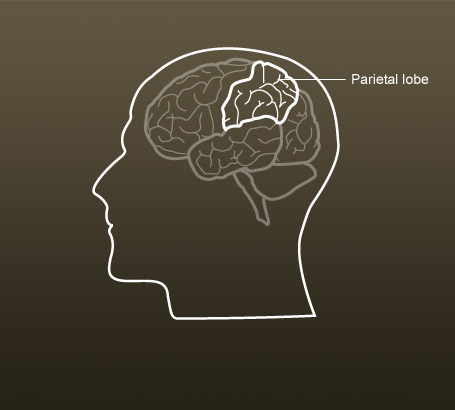
The parietal lobe is associated with processing tactile sensory information such as pressure, touch, and pain. A portion of the brain known as the somatosensory cortex is located in this lobe and is essential to the processing of the body's senses.
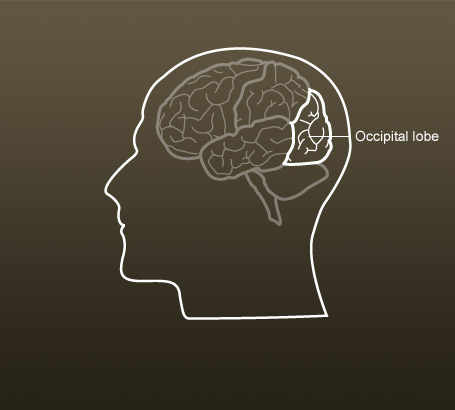
The occipital lobe is associated with interpreting visual stimuli and information. The primary visual cortex, which receives and interprets information from the retinas of the eyes, is located in the occipital lobe.
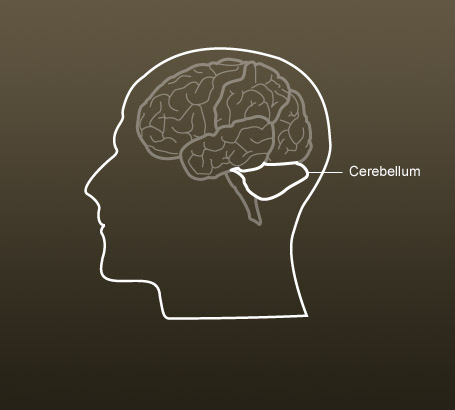
The cerebellum plays an important part in controlling movement and integrating body sensation. Neural pathways link the cerebellum with the motor cortex so that information is sent to the muscles causing them to move.